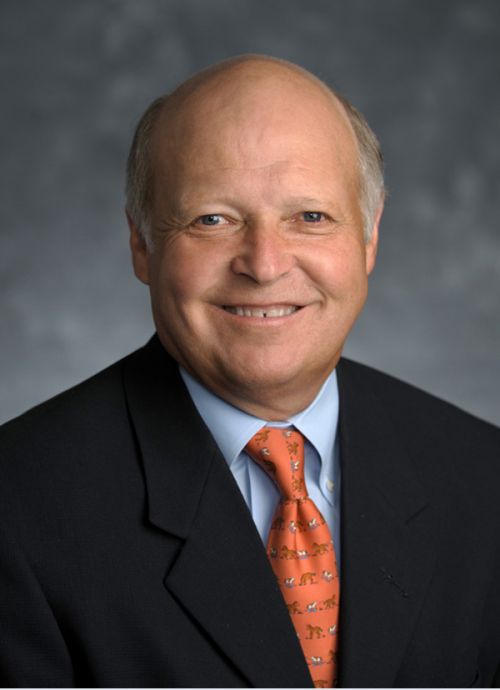 PERSON OF THE WEEK: The multifamily sector within the commercial real estate industry has been one of the stronger corners of real estate finance. But that's not to say that it is without its challenges. To understand the issues that impact multifamily housing, MortgageOrb spoke with William Ross, president of Dallas-based NorthMarq Capital.
PERSON OF THE WEEK: The multifamily sector within the commercial real estate industry has been one of the stronger corners of real estate finance. But that's not to say that it is without its challenges. To understand the issues that impact multifamily housing, MortgageOrb spoke with William Ross, president of Dallas-based NorthMarq Capital.
Q: There have recently been several white papers that warn about the need for greater private capital in multifamily housing. In view of the growth of the multifamily sector in recent years, why is it still having difficulty attracting higher levels of private capital financing?
Ross: Private capital has been able to meet their commercial real estate allocations without having to aggressively compete in the multifamily sector to date. The main provider of long-term, non-recourse financing for apartments has been the government-sponsored enterprises (GSEs) and the Federal Housing Authority (FHA). Together, these entities will have provided over $65 billion in financing for apartments in 2012.Â
As an example, the life companies' allocation for 2012 was probably around $15 billion to $20 billion. The terms offered by the GSEs and FHA are very attractive – and, as a result, many new sources of private capital have simply not entered the market yet. The life companies and commercial banks, in general, have been winning deals that are 65% loan-to value or below with terms of five to seven years. They have been able to offer more flexible prepayment on the loans as well.
Q: Which metro markets do you forecast as enjoying the most vibrant growth in multifamily housing in the next 12 months? And what makes these markets ripe for this growth?
Ross: Texas and the coastal markets. Markets that have a diversified employment base and business-friendly taxing authorities. People and businesses will continue to migrate to locations where the perceived standard of living is competitive and jobs are being created.
Q: In November, Freddie Mac predicted the multifamily sector will see an additional 1.7 million new renter households by 2015. While this could be considered as good news for multifamily housing, should this also be considered to be bad news for the efforts to revitalize homeownership?
Ross: The overall cost of homeownership is currently higher than renters are willing to consider in the economic environment. However, as rents continue to increase, the gap between the two will tighten.Â
The other point to consider here is many younger individuals are waiting to buy homes, and I think this is more of a fundamental change in the thinking of this generation. Many are waiting because they are not seeing the value of home ownership after what happened to the U.S. housing prices over the last few years. As prices firm up and when renters become confident in the economy and employment stability, perhaps homeownership will be a more attractive option to them once again.
Q: With so many new renter households being anticipated, is there a credible fear that supply will significantly outpace demand?
Ross: Future supply should be viewed as two silos: shovel-ready and planned developments. Yes, there are a number of both in each metro area, but equity investors are scrupulous when evaluating investments, especially development projects. The number of shovel-ready projects is a manageable figure in which the trend of positive absorption and tight vacancy rates will remain stable given the state of the current renter pool.













